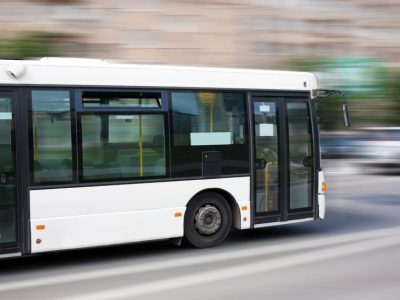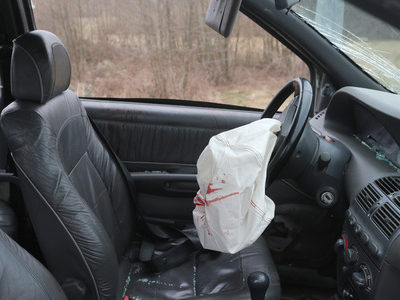

Teens Killed in Car Crash: DL Systems Reduce Fatal Crashes?
According to the CDC.gov, 2,364 were teens killed in car crash throughout 2017, aged 16-19. In addition to this, about 300,000 teens were treated in emergency departments for injuries they sustained in motor vehicle crashes. In order to reduce teen fatality and injury rates, states have licensing laws in place.
According to transportation.gov, graduated driver licensing (GDL) programs are in place in some form in all 50 states. GDL systems restrict certain driving privileges of new drivers. Over time the restrictions are lifted as the driver gains experience or takes tests to prove competency. Most states follow a three-step process that starts with passing a written test to obtain a learner’s permit. The next step is passing a driving test to get a provisional license and the final step is obtaining a full license. Washington uses a graduated driver’s licensing system (GDLS) that moves unlicensed drivers from an instruction permit to an intermediate license and then finally to a valid driver’s license.
Does graduated driver licensing systems reduce teens killed in car crash?
GDL programs have been shown to reduce fatal teen crashes with the more comprehensive versions having the biggest impact. Comprehensive GDL programs include at least some of these rules:
- Minimum age of 16 years for a learner’s permit
- Mandatory holding period of at least 12 months,
- Increased hours of supervised driving required
- Restrictions against nighttime driving between 10 p.m. and 5 a.m. (or longer)
- Limit of zero or one young passenger unless there is adult supervision
- Minimum age of 18 years for full licensure
Different states also enforce their programs differently with the use of penalties and tickets, etc. A set of good GDL rules combined with enforcement and individual parent rules are the best tools we have to reduce teen driving accidents and fatalities.
What rules are in the Washington State GDLS?
Washington State’s GDLS includes the following rules:
- Minimum age for learner’s permit: 15 years old with driver’s ed or 15 years and 6 months without drivers ed.
- Learner stage duration: 6 months.
- Required supervised driving hours with someone who’s been licensed for at least 5 years: 40 hours, with at least 10 hours at night.
- Nighttime driving restriction: 1 a.m. to 5 a.m.
- Passenger restriction: no passengers under 20 years old during the first 6 months; no more than 3 passengers under 20 years old thereafter.
- No use of cell phones.
- Minimum age for full licensure: 12 months or 18 years old (whichever comes first).
Intermediate license laws are enforced as a “secondary action”, which means that a ticket for breaking restrictions may be issued if the teen driver is pulled over for speeding or some other reason. A ticket is issued for the first violation, the license is suspended for six months or when the driver turns 18 (whichever comes first) on the second violation and the license suspended is suspended until the driver turns 18 on the third violation. Parents are notified for second and third violations.
Seek the help of a car accident attorney
If you or a loved one was injured because of the negligence of another, contact a personal injury lawyer to discuss your legal rights. Let an experienced car accident attorney fight for the full compensation that you deserve. It is not uncommon to receive a settlement from the insurance company that is five to ten times larger with the help of a lawyer. Call the personal injury lawyers at Tario & Associates, P.S. in Bellingham, WA today for a FREE consultation! We have been representing residents of Whatcom County, Skagit County, Island County and Snohomish County since 1979. You will pay nothing up front and no attorney fees at all unless we recover damages for you!




